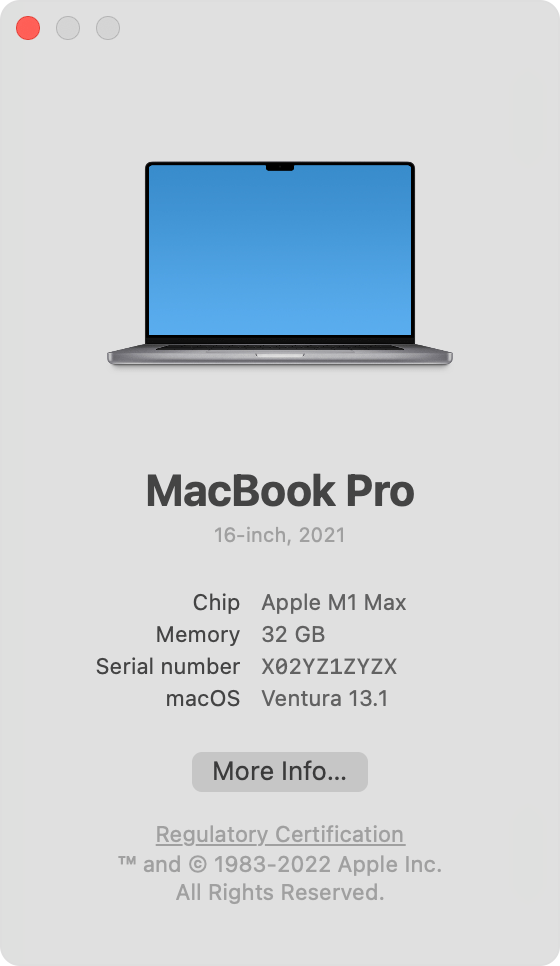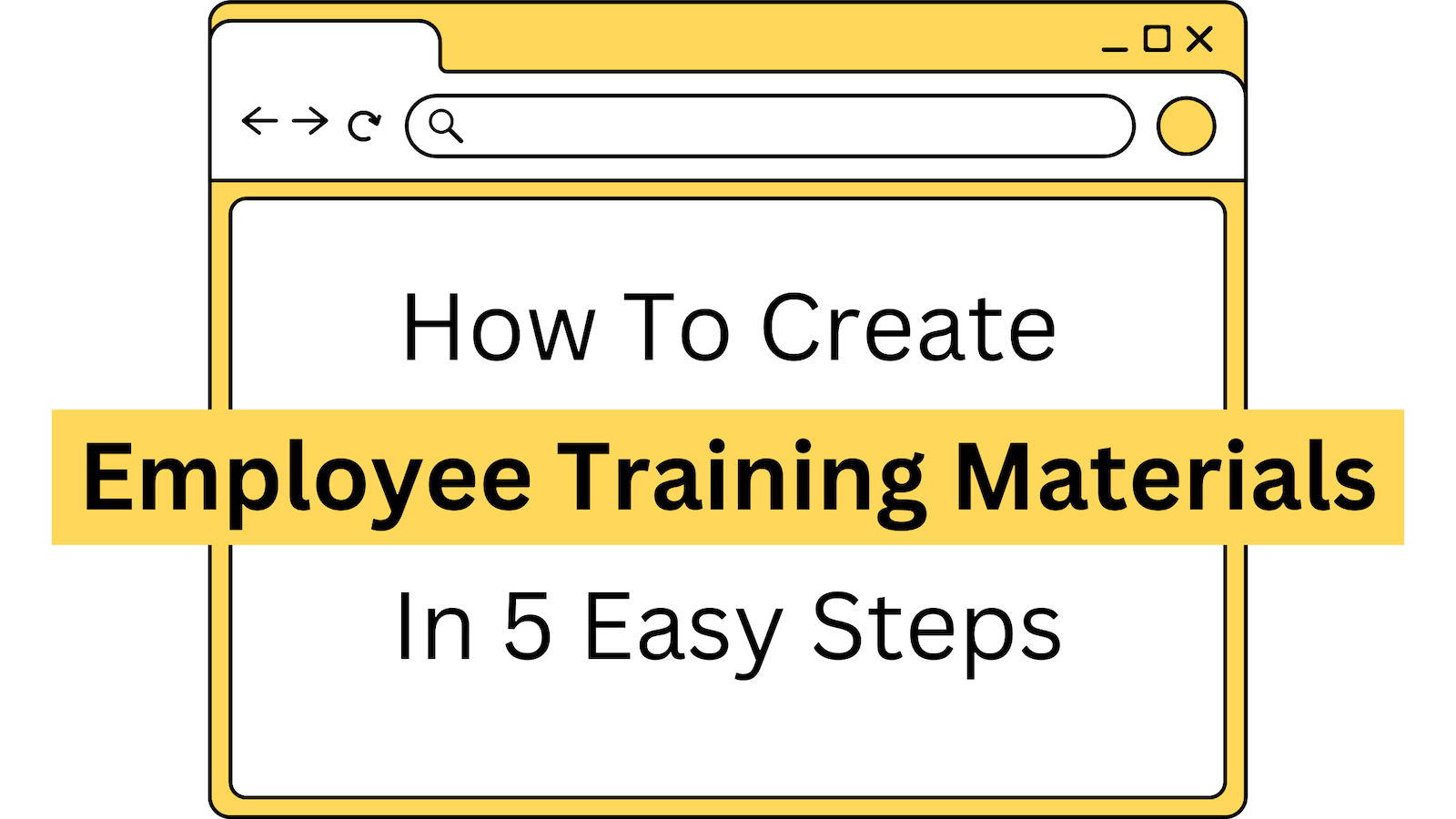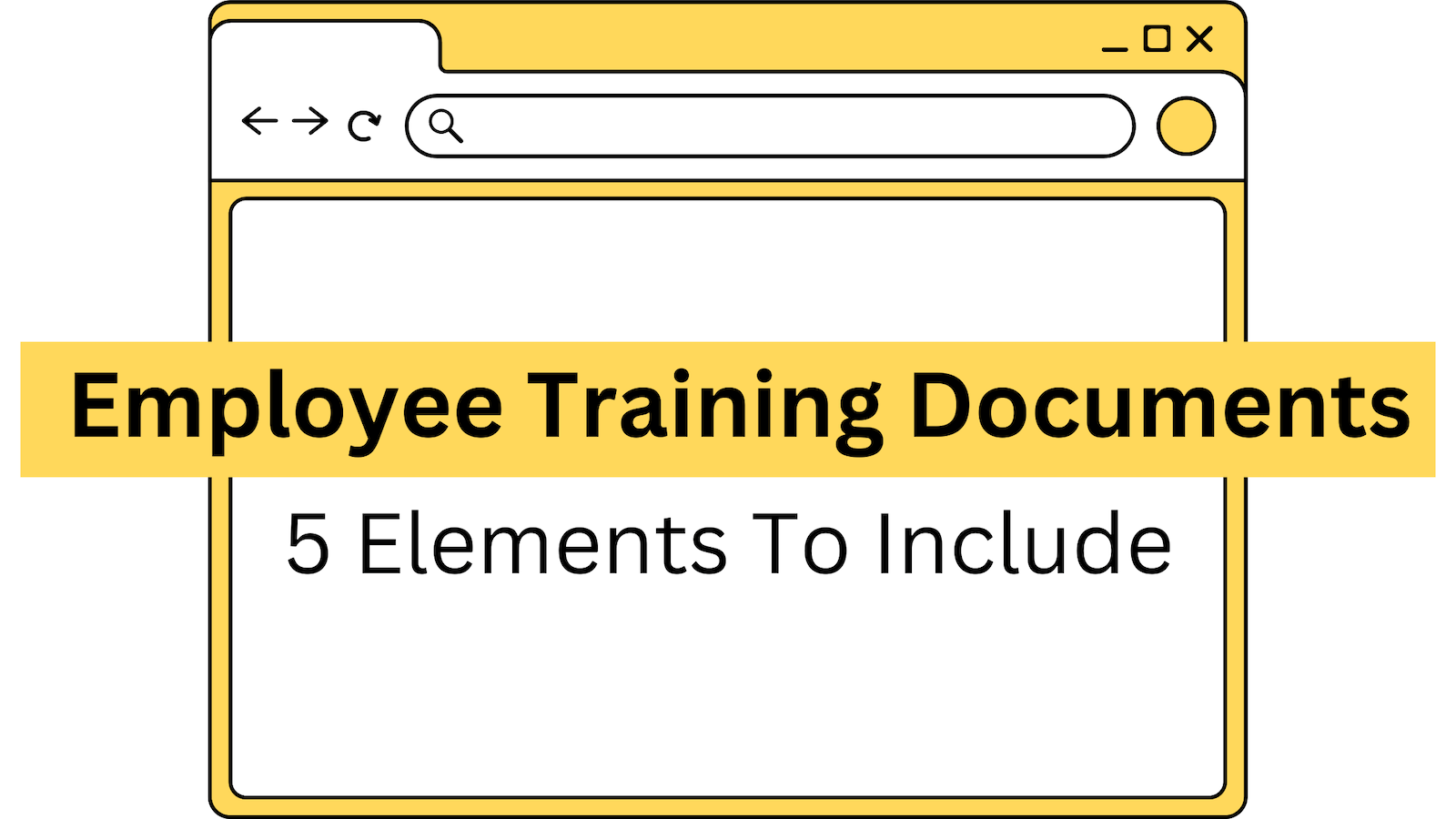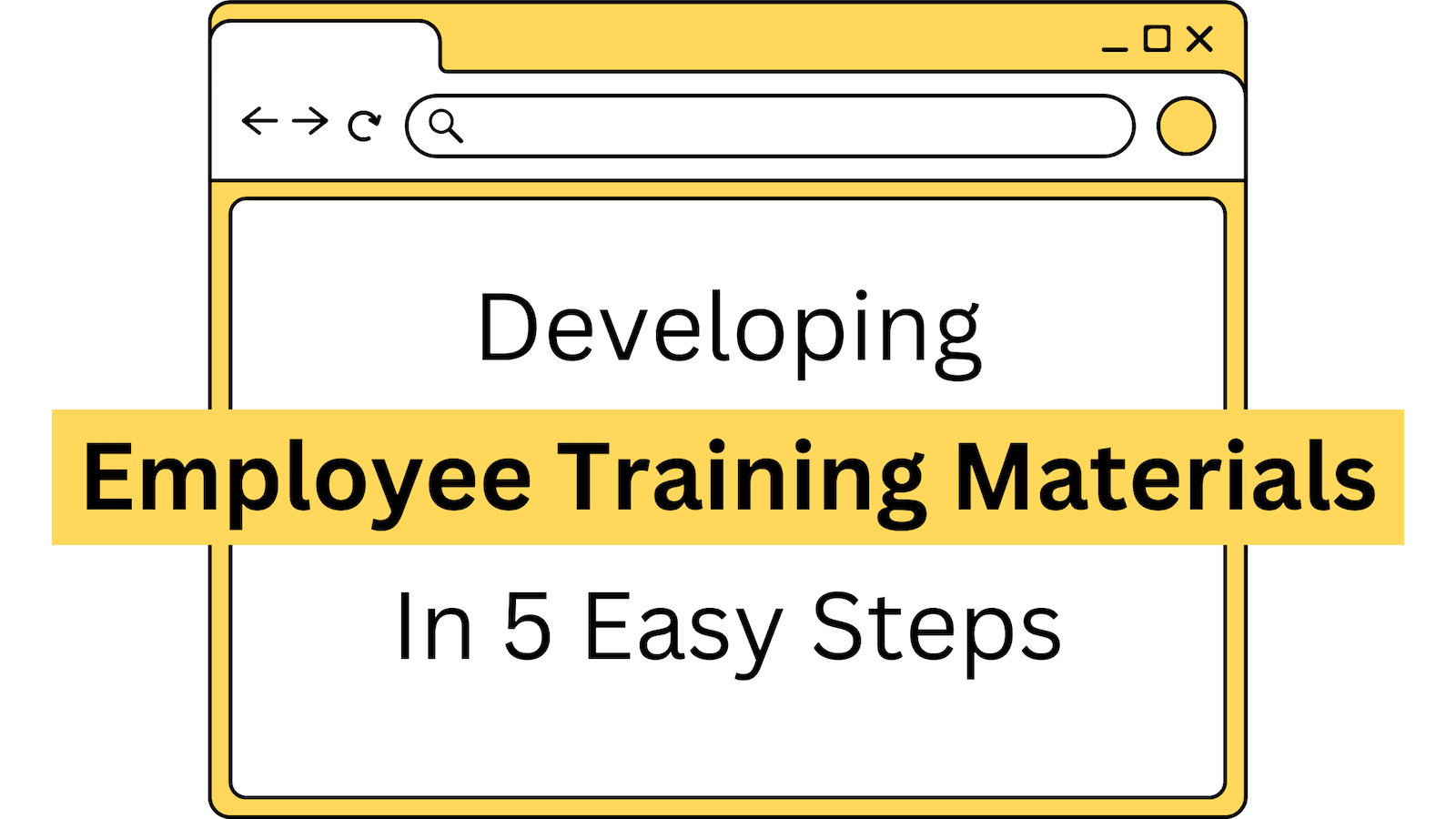Creating effective employee training materials is crucial for any organization looking to enhance the skills and productivity of its workforce. As someone deeply involved in professional training and development, I’ve always emphasized the transformative power of well-designed training documents.
Are you…
- Struggling to develop effective employee training materials that are engaging and informative?
- Feeling overwhelmed by the process of creating training content from scratch?
- Wanting to streamline the training development process to ensure consistency and efficiency?
Whether you are crafting a training document template or a comprehensive training manual, the approach you take can greatly impact the learning outcomes and overall effectiveness of your training program.
In this guide, I'll walk you through the process of developing impactful training materials, drawing from my extensive experience and the capabilities of my tool, Folge.
This guide is for:
- HR professionals and training managers tasked with developing employee training programs.
- Managers and leaders looking to create customized training materials for their teams.
- Small business owners seeking cost-effective solutions to onboard and upskill employees.
What Are Employee Training Materials?
Training materials are essential tools designed to facilitate a smooth and effective learning experience. These materials can range from printed documents to digital presentations and interactive modules. Whenever I'm tasked with developing these resources, I focus on ensuring they are comprehensive, engaging, and tailored to meet the specific needs of the audience.
Professional Tip Always start by assessing the audience's current knowledge level and learning preferences. This tailors the material specifically to their needs, increasing engagement and effectiveness.
Why Do Training Documents Matter?
I've found that the significance of training materials lies in their ability to provide consistent, scalable instruction across an organization. This standardization is crucial for ensuring that all employees have the same foundational knowledge and skills, which, in my opinion, is fundamental for maintaining operational consistency and quality. Effective training materials not only streamline the training process but also contribute to a quicker ramp-up time for new employees and a more proficient workforce.
Professional Tip Use consistent formatting and terminology throughout your training materials to help standardize learning and reduce confusion among trainees.
5 Elements To Include In Employee Training Documents
When developing training materials, it's essential to structure the content thoughtfully to enhance the learning experience and ensure all necessary topics and skills are comprehensively covered. Below, I elaborate on each key component that should be included:
Learning Objectives
I've always stressed the importance of clearly stating the learning objectives at the beginning of any training program. These objectives should articulate what the employee will know or be able to do by the end of the training, linking directly to their day-to-day tasks. For instance, if I'm designing training for a software program, my objective would typically be for the employee to competently navigate the software's interface and utilize its basic functions.
Content Body
The content body is the core of your training materials. In my experience, this section should contain detailed information and step-by-step instructions covering all necessary topics and skills identified in the learning objectives. I like to break down complex concepts into manageable parts and present them in a logical sequence. For example, in a customer service training manual, I usually include modules on handling customer inquiries, managing complaints, and using the company's CRM software efficiently.
Practical Examples
Whenever I'm integrating practical examples into training materials, I focus on real-life scenarios or simulations that apply theoretical knowledge to practical use. These examples are crucial as they help learners see how the concepts they study are applied in real-world contexts, thereby enhancing understanding and retention. For instance, in a sales training guide, I often include examples of successful sales pitches or strategies for resolving common customer issues.
Assessment Methods
Assessment methods are essential for evaluating the effectiveness of the training and determining whether the learning objectives have been met. These can include quizzes, tests, or interactive assessments. I recommend designing these assessments to measure both comprehension and the application of the material taught. I think you should consider interactive elements such as drag-and-drop activities or matching exercises to make the evaluation process more engaging and insightful.
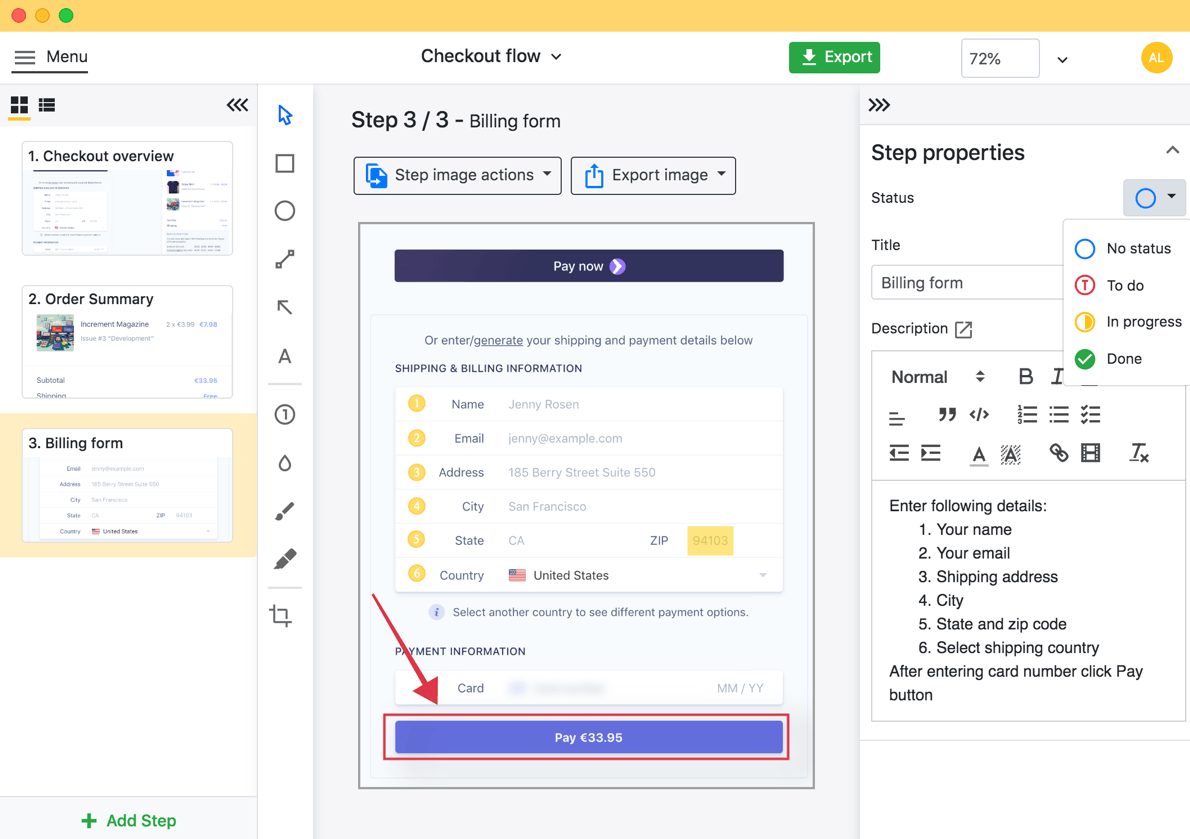
Folge is a perfect tool for creating guides, training manuals and documentation.
Supplementary Resources
I usually include supplementary resources in the training materials to provide additional learning opportunities or to support learners who need further clarification on complex topics. These resources can be additional readings, instructional videos, or links to external relevant resources that deepen understanding or offer alternative perspectives.
For example, in a technical training manual, I like to provide links to advanced tutorials or industry whitepapers, which are invaluable for learners who wish to delve deeper into specific subjects or need more detailed explanations.
By considering each of these elements and integrating them thoughtfully, you can ensure that your training materials are not only comprehensive and educational but also engaging and responsive to the diverse needs of your learners.
4 Examples Of Training Materials
Over the years, I've utilized various types of training documents, each serving different purposes and suited to different learning environments:
- Step-by-step training manuals
- Quick reference guides
- Video tutorial content
- Interactive e-learning modules
How To Develop Training Materials in 5 Steps
Step 1 - Define Your Objectives
Defining clear learning objectives is crucial. For me, this step involves understanding exactly what the trainees need to learn to perform their roles effectively. I recommend setting specific, measurable, achievable, relevant, and time-bound (SMART) objectives that align with the overall goals of the organization. This clarity helps in designing training materials that are focused and effective.
In drafting the objectives, I think you should consider both the immediate and long-term needs of the employees. This dual focus ensures that the training materials serve not only as a tool for initial learning but also as a long-term reference that employees can revisit when needed. This approach enhances both initial learning and ongoing development.
Step 2 - Choose the Right Tools
Choosing the right tools can significantly streamline the creation of training materials. In my opinion, Folge is a standout choice for documenting software processes or any sequence of digital tasks. It captures workflows accurately and integrates annotations directly into the training materials, making complex processes easier to understand.
Folge's capabilities extend to capturing only relevant application screens, full-screen activities, or specific areas, which means you can tailor the content to the context of the training. The tool also allows for pause and resume features, which are excellent for adding real-time edits or additional context to the training materials as they are being developed.
Step 3 - Draft Your Content
When drafting content, clarity and engagement are my top priorities. I try to write in a clear, accessible language and format the content in a way that is easy to follow. A well-organized training document template is invaluable here, serving as a guide to ensure all essential information is systematically presented and nothing vital is overlooked.
I like to incorporate various pedagogical techniques such as storytelling, case studies, and problem-solving exercises. These methods help in reinforcing the learning points and making the training more relatable and engaging for the employees. Each section of the training material should build upon the previous one, gradually increasing in complexity to accommodate the growing competence of learners.
Step 4 - Incorporate Visuals and Interactivity
Visuals and interactivity are key to keeping the training engaging. I often use Folge to add screenshots, which are annotated to highlight and explain key elements within the software or process being taught. This visual aid supports better retention of information and helps learners visualize the actual tasks they will perform.
Interactive elements like quizzes, interactive simulations, and clickable content can significantly enhance engagement and learning effectiveness. They encourage active participation and allow learners to test their knowledge and skills in a controlled, risk-free environment. These elements also provide immediate feedback, which is crucial for learning and improvement.
Step 5 - Review and Revise
The final step should always involve a thorough review of the training materials. It’s beneficial to involve actual users in this process—feedback from a pilot test group can provide invaluable insights. I usually revise the materials based on this feedback, optimizing them to better meet the learners' needs.
Final Thoughts
Developing effective employee training materials is a significant investment in your organization's future. I recommend following the above five steps and utilizing innovative tools like Folge, you can create materials that not only convey necessary knowledge and skills but also engage and inspire your workforce. Folge simplifies many aspects of the documentation process, making it easier to produce professional-quality training guides.
Whether you're a seasoned trainer or just starting out, integrating these strategies and tools into your development process can dramatically improve the effectiveness of your training programs.
Download Folge for free today.
You may also like:
Easily create top notch technical documentation and guides
🏆 Try and use Folge for free forever.
Download now